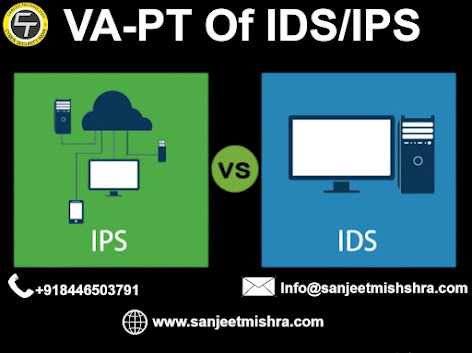VA-PT Of IDS/IPS
VA-PT Of IDS/IPS
IDS IPS stand for?
Intrusion detection systems (IDS) and intrusion prevention systems (IPS) constantly watch your network, identifying possible incidents and logging information about them, stopping the incidents, and reporting them to security administrators.
An intrusion detection system (IDS) monitors traffic on your network, analyzes that traffic for signatures matching known attacks, and when something suspicious happens, you're alerted. In the meantime, the traffic keeps flowing. An intrusion prevention system (IPS) also monitors traffic.
Is IPS an extension of IDS?
This is an active monitoring and prevention system. You can consider it as an extension of IDS because both methods monitor malicious activities. However, unlike IDS, IPS software is placed behind the network firewall communicating in line with the incoming traffic and blocking or preventing detected intrusions.
What is IPS signature?
A signature is a set of rules that an IDS and an IPS use to detect typical intrusive activity, such as DoS attacks. You can easily install signatures using IDS and IPS management software such as Cisco IDM. Sensors enable you to modify existing signatures and define new ones.
What are the different types of IDS?
There are two main types of IDSes based on where the security team sets them up: Network intrusion detection system (NIDS). Host intrusion detection system (HIDS).
Why do IDS IPS use signature database?
A signature-based IDS uses a library of signatures of known threats to identify them. An anomaly-based IDS builds a model of “normal” behavior of the protected system and reports on any deviations. A hybrid system uses both methods to identify potential threats.
Call on :+918446503791
Email : Info@sanjeetmishshra.com
Website :www.sanjeetmishra.com



Comments
Post a Comment